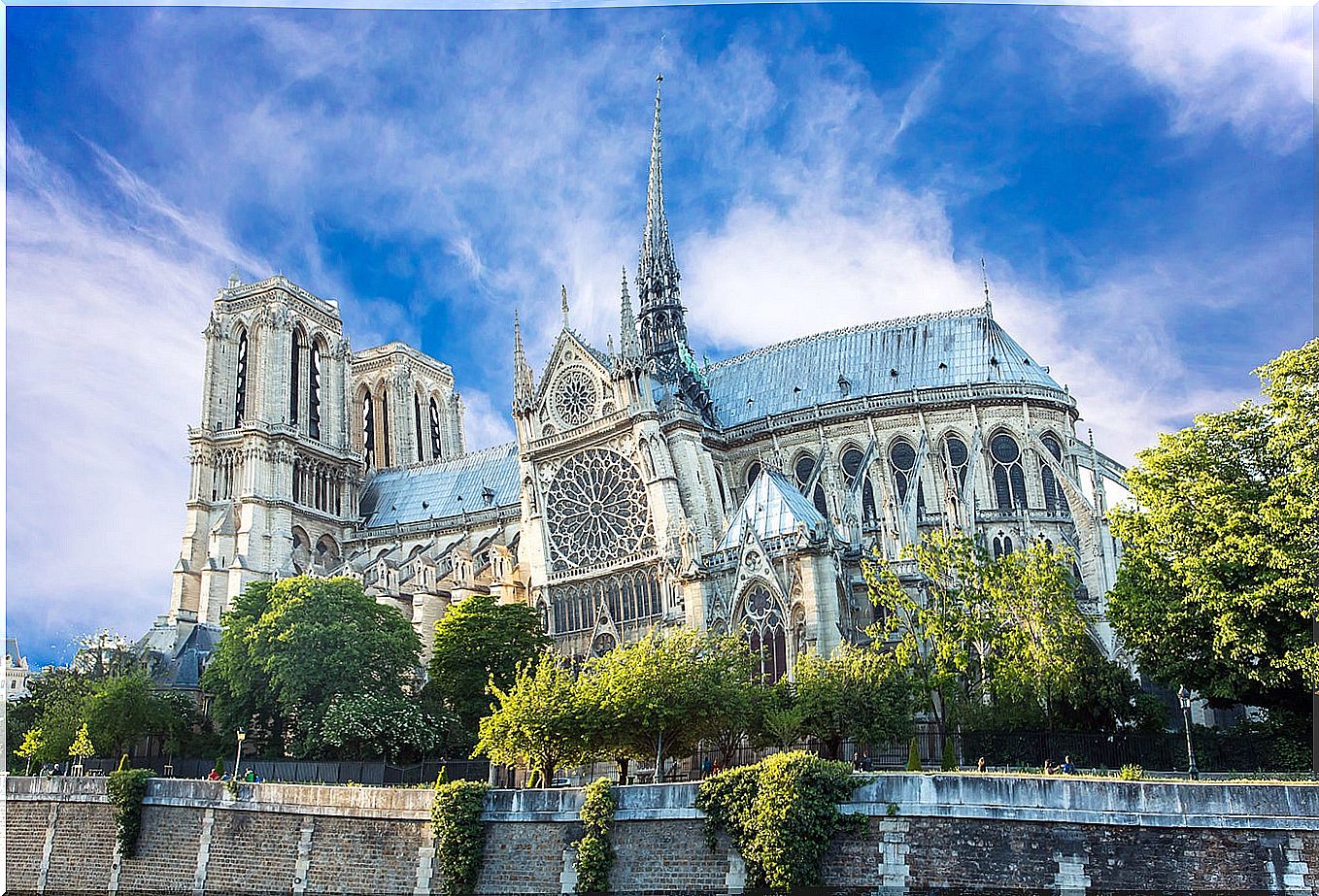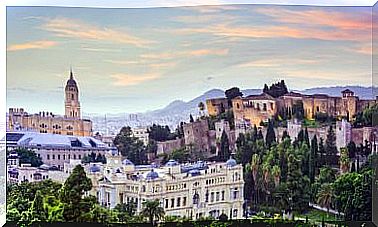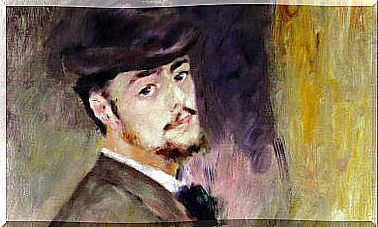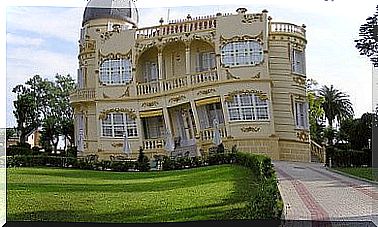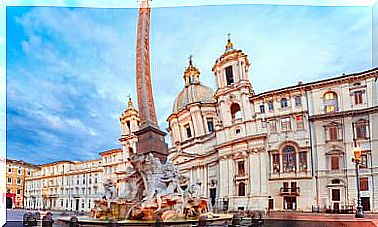The 4 Most Famous Robberies In Art History

With the sophisticated means of security that museums have today, it seems inconceivable to think that it is possible to commit theft. However, this has not always been the case and throughout history some of the most famous and valued pieces in the art world have been stolen.
Great stolen artworks
In some cases these crimes had a happy ending, but on other occasions essential works have been lost that have not been recovered. Do you want to find out which are the most popular robberies in history?
1. One of the most iconic robberies: La Gioconda
The portrait of Lisa Gherardini, wife of Francesco del Giocondo, La Gioconda or La Mona Lisa, would be painted by the unrepeatable Leonardo da Vinci between 1503 and 1519. The reasons for his celebrity are very diverse: the enigmatic smile, the legends that surround the work or the best example of Leonardo’s sfumato .
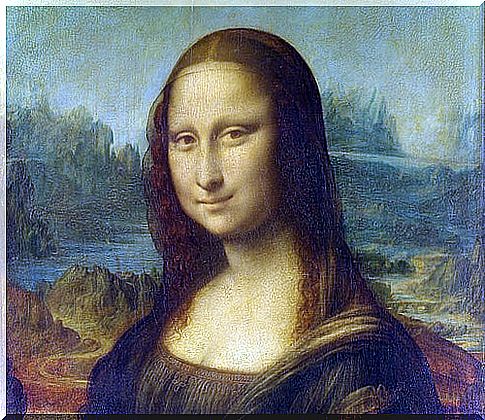
The most visited piece of the Louvre was stolen in 1911. On August 21 of that year, an Italian carpenter named Vincenzo Peruggia, a former employee of the Louvre, walked in early in the morning dressed as the gallery staff.
In a matter of a moment, he took down the canvas, separated it from its frame, hid it under his clothes, and was out on the street. It would be the painter Louis Béroud who entered the room shortly after to admire the Mona Lisa and saw that it had disappeared. The authorities were immediately notified.
The Louvre Museum was closed for a week. In spite of everything, while the work was missing, visits to the Louvre increased, since there were many who wanted to see the empty hole.
It was not until two years and 111 days later that this masterpiece was recovered. Peruggia had tried to sell the painting to the director of the Uffizi, who alerted the police. It appears that Peruggia was persuaded to commit the theft by an Argentine merchant, but this hypothesis has never been proven.
2. The piece with the most thefts in history: the Adoration of the Mystic Lamb
This work is also known as the Ghent Polyptych and is one of the most famous creations of the Hubert and Jan van Eyck brothers. They made it for the church of San Juan de Gante, now the Cathedral of San Bavo, in 1432. It is a large composition made up of 12 oil panels of colossal dimensions and one of the jewels of Flemish art.
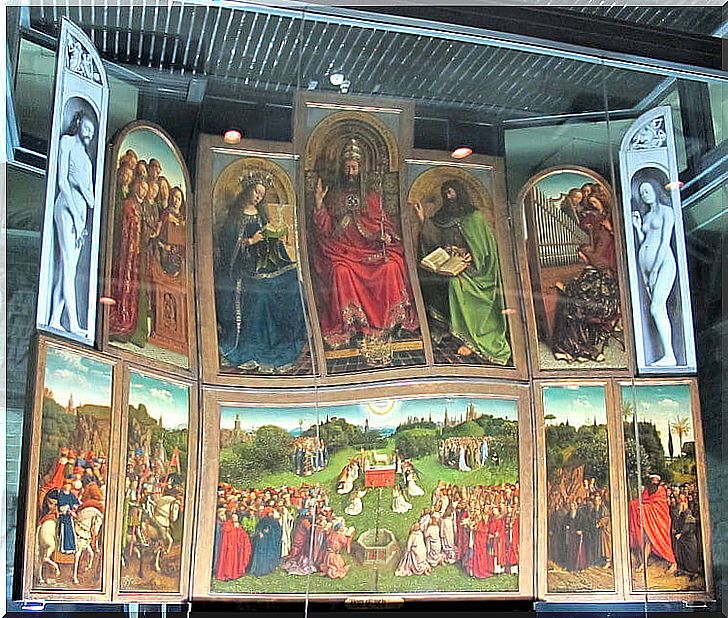
For this reason, it is a highly coveted creation and has suffered assaults and numerous thefts. The panels have been detached and reattached on various occasions. In one of these first times, some boards were sold as spoils of war by Napoleonic troops and the central ones were sent to the Louvre.
Once returned to the cathedral, in 1934, another of the lower pieces disappears and an anonymous ransom is requested to recover it. This table, that of The Just Judges , is believed to have been stolen by Arsène Goedertier, who claimed on her deathbed to know her whereabouts and finally not reveal it. It is still lost, the one seen today in the polyptych is a copy.
During World War II the work endured Nazi plunder and Hitler’s delusions. He thought that between the tables there was a hidden map to find the instruments of the Passion of Christ. The boards ended up in a salt mine in Altaussee, Austria, along with 7,000 other pieces of art.
3. The Gardner case, the most expensive art heist
In 1990, the largest art theft in history took place, at the Isabella Stewart Gardner Museum in Boston. This gallery has more than 2,500 pieces that make up an excellent collection of European, Asian and American art. Unfortunately, he is also famous for the theft he suffered: a total of 13 works, valued at $500 million.

In the early morning of March 18, 1990, two people dressed as Boston police officers showed up at the museum’s door. Once the security guards were convinced to let them in, they were restrained and handcuffed.
Afterwards, they toured each of the rooms and selected what they wanted to take : three Rembrandts, a Manet, five drawings by Degas, a landscape by Govert Flinck, an object from the Napoleonic era, and a Chinese vase.
The robbers separately exited the building after being inside for 80 minutes. The crime was not discovered until that morning, when the next security shift arrived. A few days later the museum began offering large rewards for any type of information.
The detailed choice of the works that were taken, and not others more valuable, suggests that it was a very specific commission. Today, this robbery continues to raise countless questions for the FBI, remains unsolved, and the pieces remain missing.
4. The scream of Munch, of the fastest robberies
The most famous version of this renowned painting by Norwegian artist Edvard Munch is in the National Gallery of Norway in Oslo. He made it around 1910 and is one of the best examples of this expressionist painter. Two other versions are in the Munch Museum in Oslo and the fourth belongs to a private collection.
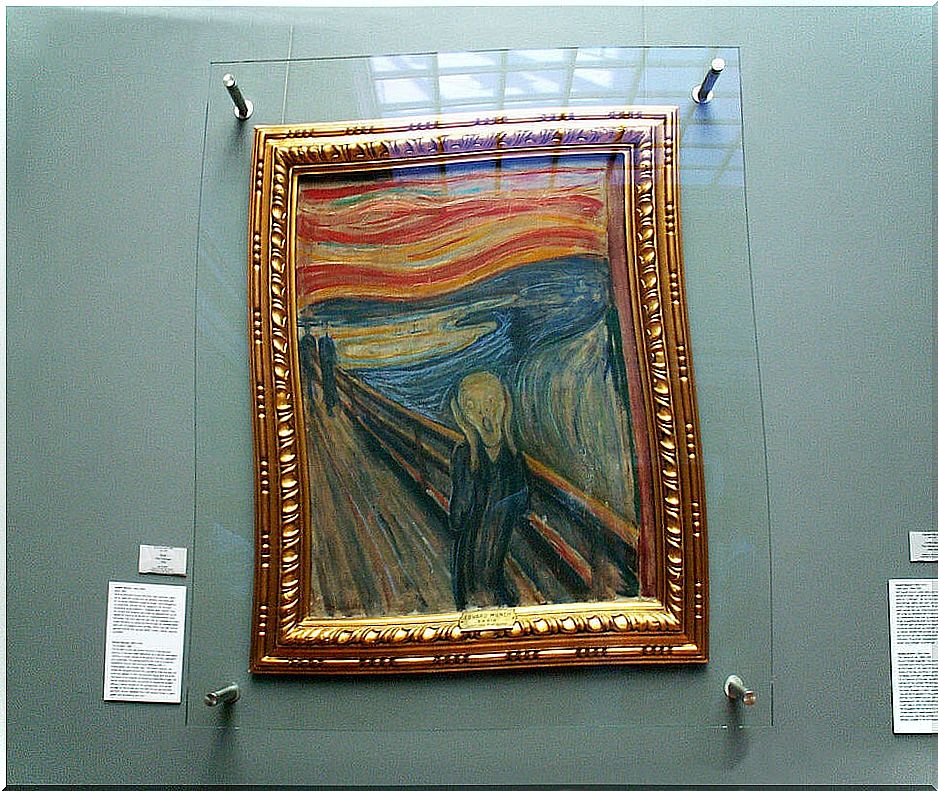
The anguish and despair displayed by the character in the painting could well be the same as the one experienced by the museum when the first robbery occurred. On February 12, 1994, The Scream from the National Gallery of Norway was stolen in broad daylight by a group of robbers.
This gang, led by the famous thief Pål Enger, took less than a minute to steal the painting. They even left a note that read “Thanks for the lack of security.” Fortunately, on May 7 of that same year the valuable canvas was recovered.
However, on August 22, 2004, three masked men entered the Munch Museum and took another version of The Scream and the Madonna, by the same author. The robbery took place at gunpoint, with the building packed with visitors and the guards reduced. Both paintings were recovered on August 31, 2006, although badly damaged by humidity.
Other famous robberies
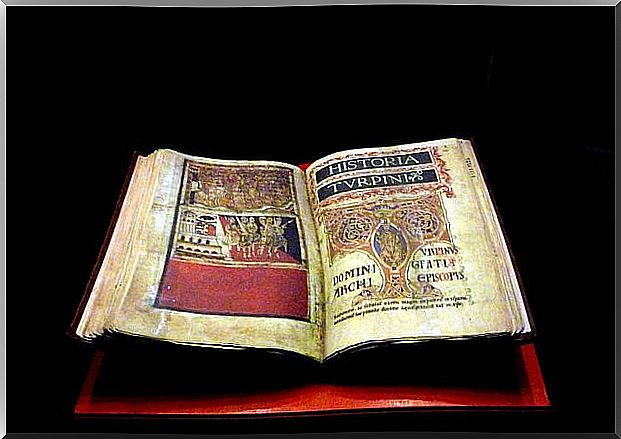
There have been many thefts that have occurred in the art world. In 1991, 20 works were stolen from the Van Gogh Museum in Amsterdam, although they were recovered several hours later. A few years later, in 2002, a new assault on this museum ended with the loss of two paintings by the Dutch painter that are still missing.
On another occasion, on May 20, 2010, one of the most substantial robberies in history took place at the Museum of Modern Art in Paris. Five works by artists such as Matisse, Picasso or Modigliani disappeared and have not recovered.
And we must not forget the notorious case of the Calixtino Codex, kept in an armored chamber in the Archives of the cathedral of Santiago de Compostela. He disappeared on July 5, 2011 and was a whole movie case, with countless questions. Caught the main suspect, Manuel Fernández, he confessed and the precious piece was recovered a year later.
This and many other thefts have been happening over the years, taking long-awaited and valuable works of art that in some cases have been lost, perhaps forever.
